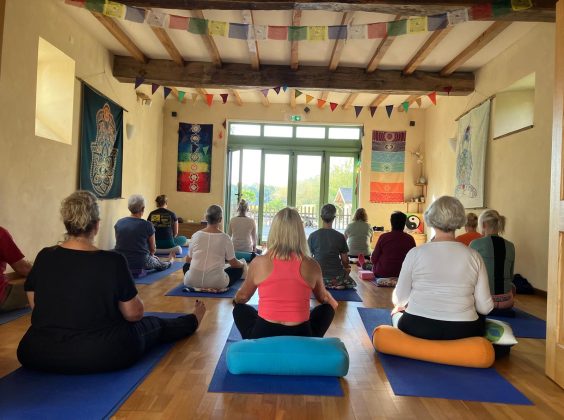
Share article:
Tags:
The world of work has changed; increasing uncertainty, complexity and ambiguity mean that leaders, managers and teams need to craft new ways of working. Gone are the days of simply passing briefs, assembly line style, to IT and waiting for the new system to pop out the other side. Getting the job done now requires greater transparency and closer interplays and overlaps between teams that previously may have been siloed.
In this age of digital, collaboration is the new modus operandi; but in reality it is often the place of collision.
I’ve experienced first hand these messy dynamics. Customer service teams feel the pain when marketing create a confusing customer offer, so they demand early involvement; product teams are getting closer to developers to really understand what is possible. Whilst on paper collaboration makes sense, what happens in practice is conflict. Teams feel defensive when another team is encroaching on “their patch”. As an HR director, I have been guilty of raging when a finance team offered me advice about running a redundancy consultation process.
When a friend recommended a book on change written by a technologist, I approached it with trepidation and a big dollop of scepticism. Surely change is more about humans than technology? But Jason Little’s Lean Change Management is a shining example of how to operate in this world of conflict and collisions.
Leave your ego at the door
Little writes openly about his experience, observations and mistakes. Drawing together ideas and practises from a variety of disciplines (agile, lean start up, organisational development, psychology, neuroscience), he’s curious about what works – not what “should” be done.
He has experimented and adjusted his approach and invites you to do the same (rather than slavishly follow his recipe). He remains laser focused on his purpose of “knowing how to facilitate meaningful change that improves people’s lives”. He has parked his ego, and gets excited if a different discipline can contribute. He offers simple tools that you can use, rather than pointing out flaws in ideas.
Take people with you
Little is highly practical about the art of making change happen, because it is “a cumulative product of the personal change journeys of each individual in the organisation”. There were some key nuggets that really rang true for me:
- Use experiments to help you develop an approach. Calling them ‘experiments’ helps everyone be OK with not knowing everything upfront.
- Change does not follow a neat and tidy path.The act of planning with people is valuable: not the documents you create from planning. Use tools that enable visibility.
- Co-creating change is not a nice to have: it’s fundamental to changing how things are done.
Factor in the human response
Ultimately, Little’s approach resonates with me because it understands that people are not robots; Lean Change accounts for the fact that we bring our emotions to work; it encourages leaders and managers to factor in the human dynamics at play in collaborative settings, namely:
- Our identities are often wrapped up in our work, and so the idea of someone doing ‘our’ work threatens this identity.
- Collaboration can also trigger our need for security, so we quickly equate someone else doing our work, as the potential for us to lose our job.
- As humans we need to be part of a tribe, so we feel aligned with our team. Someone who is seen as a threat, becomes a common enemy, and fighting against this enemy can bond a team together.
Understand how to work together
So often when teams are brought together “to collaborate” there is a focus on what they need to achieve. If we want to harness the potential of the collaboration, we need navigate these human responses, so we need to build new capabilities in our cultures:
- In a crisis, personal animosities, discipline conflicts and organisational inefficiencies are sidelined because of a short-term goal (to save a life, save a business). We need to use this insight and ensure that when we collaborate we talk about the purpose: the real one, which means discussing what has been given to the group from the leaders.
- Understand “how” to work together. While the group will be keen to avoid it, this conversation builds understanding of personal preferences and expectations (and biases) we bring from our discipline.
- Give permission, and make agreements for conflict. In his book Death by Meeting, Patrick Lenconi argues that it is natural (and productive) for intelligential people to disagree, and resolving these issues is engaging for all. He makes a compelling argument for “avoiding the disagreement” as being at the heart of why many meetings are boring.
Create space for curiosity
In the world of increasing customer expectation, transparency and complexity, it is crucial we develop our capacity to collaborate across disciplines within our culture. As someone who has studied change, I have often been asked by colleagues to recommend a book that can introduce Organisational Development (OD) and found it hard to recommend something that is accessible (because it doesn’t assume you have read the OD bible first).
The answer to this dilemma has arrived from a surprising source. Being open and curious helps avoid feeling threatened and hence conflict. Creating conversations that allow people to park their “own stuff” is an art in itself that we need to develop.
Originally published on Changeboard.





